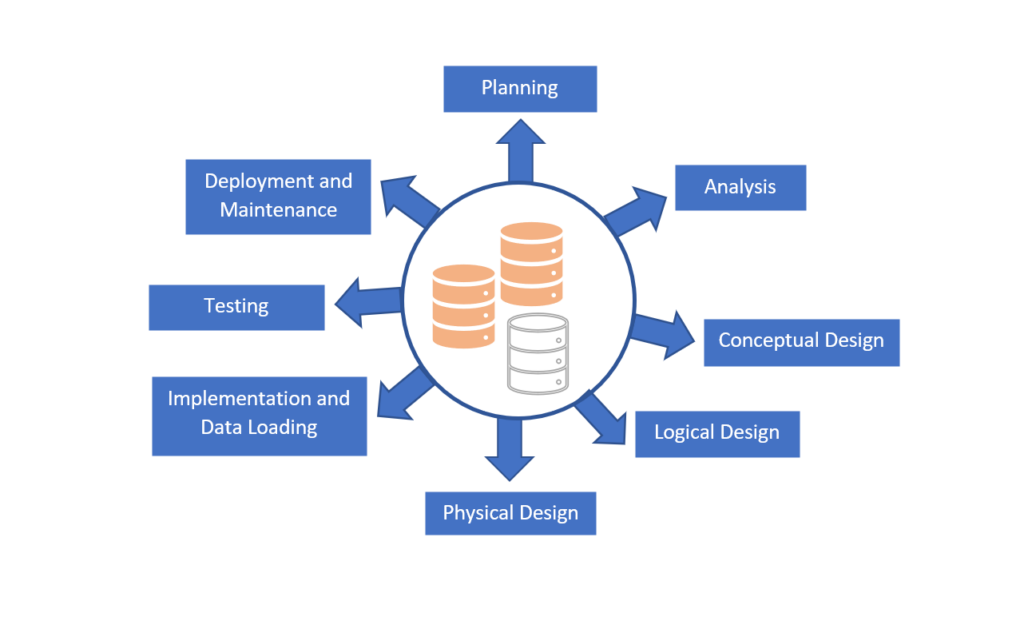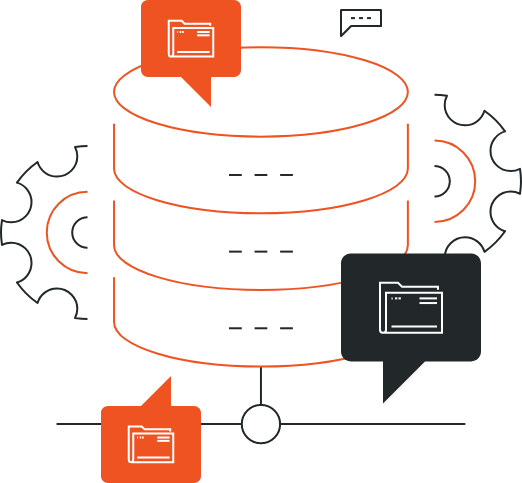Mastering Database Development with Lazarus IDE: A Comprehensive Guide
In the realm of software development, database connectivity is essential for building robust and functional applications. Lazarus Integrated Development Environment (IDE) provides developers with powerful tools and features for database development, enabling seamless integration with various database systems. In this comprehensive guide, we’ll explore how developers can master database development with Lazarus IDE, covering everything from connecting to databases to executing SQL queries and building database-driven applications.

Understanding Database Connectivity in Lazarus IDE
- Supported Databases: Lazarus IDE supports integration with a wide range of database systems, including MySQL, PostgreSQL, SQLite, Firebird, and more. Developers can connect to these databases directly from Lazarus IDE and interact with them programmatically.
- Database Components: Lazarus IDE provides components and libraries that facilitate database connectivity and interaction. These components include data access components (such as TSQLQuery and TSQLTransaction) and visual data controls (such as TDBGrid and TDBEdit) for building database-driven user interfaces.

Connecting to Databases
- Database Connection Setup: To connect Lazarus IDE to a database, developers need to configure connection parameters such as the database server address, port number, username, and password. Lazarus IDE provides visual tools for configuring database connections and managing connection properties.
- Database Driver Installation: Depending on the database system being used, developers may need to install additional database drivers or libraries to enable connectivity from Lazarus IDE. These drivers can typically be installed through Lazarus IDE’s package manager or manually integrated into the IDE.
Executing SQL Queries
- SQL Editor: Lazarus IDE includes a built-in SQL editor that allows developers to write and execute SQL queries directly within the IDE. Developers can use the SQL editor to interactively query the database, retrieve data, and perform database operations.
- Visual Query Builder: For developers who prefer a visual approach to query building, Lazarus IDE offers a visual query builder tool that allows users to create SQL queries graphically. This tool simplifies the process of constructing complex queries and reduces the need for manual SQL coding.

Read about also: Maximizing Efficiency: Lazarus IDE
Building Database-Driven Applications
- Data-Aware Controls: Lazarus IDE provides data-aware controls that simplify the process of building database-driven user interfaces. These controls are bound to dataset components and automatically display and manipulate data from the underlying database.
- Data Modules: Lazarus IDE supports the use of data modules, which are reusable components that encapsulate database functionality and can be shared across multiple forms or applications. Data modules streamline database connectivity and promote code reusability.
Best Practices for Database Development
- Parameterized Queries: Use parameterized queries to prevent SQL injection attacks and ensure the security of database interactions.
- Transaction Management: Implement proper transaction management to ensure data integrity and consistency when performing multiple database operations.
Conclusion
Mastering database development with Lazarus IDE empowers developers to build powerful and feature-rich applications that leverage the capabilities of various database systems. By understanding database connectivity, executing SQL queries, and building database-driven applications, developers can unlock the full potential of Lazarus IDE for database development. Embrace best practices, explore advanced features, and leverage Lazarus IDE’s robust tools to elevate your database development skills and create compelling applications.







